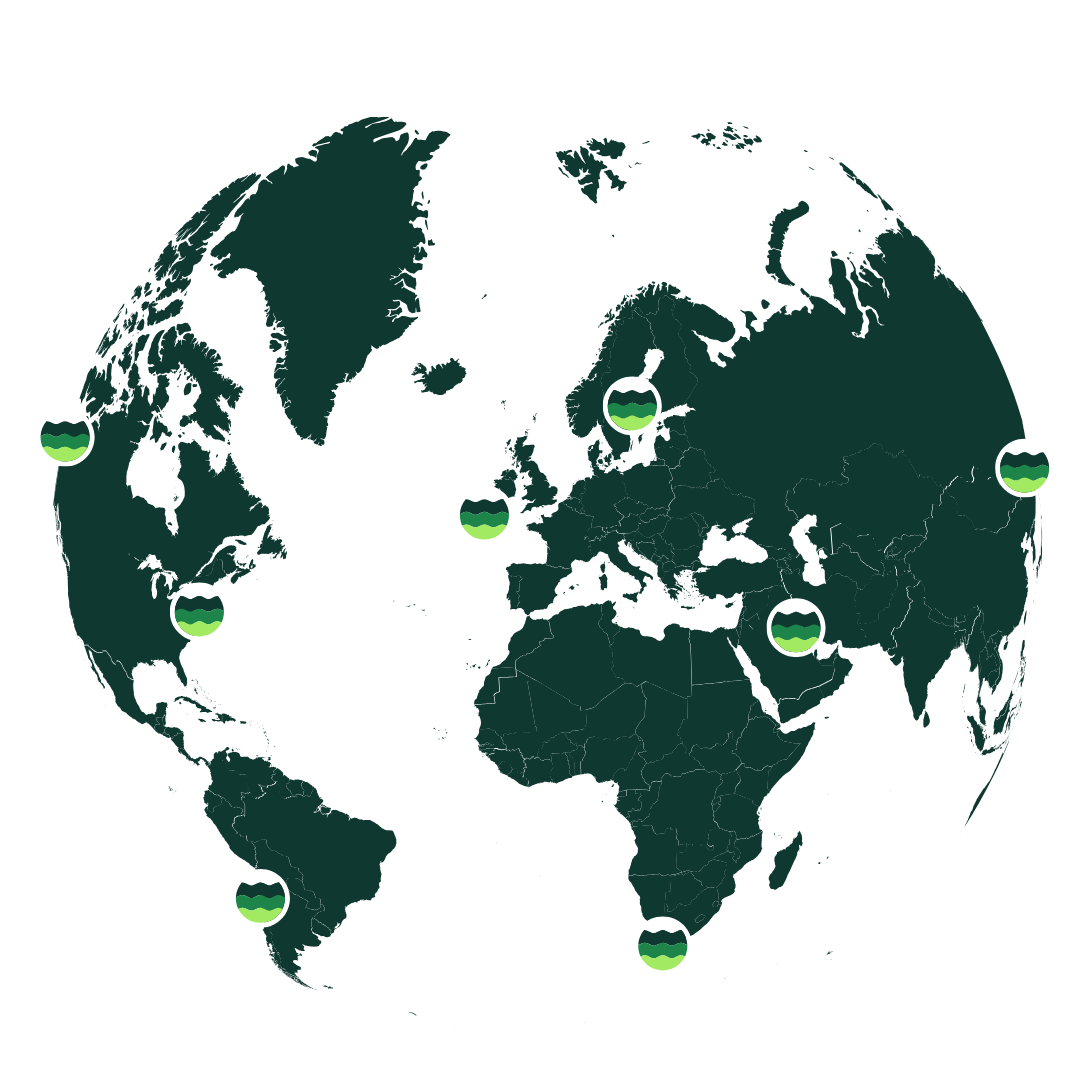Scope 1, 2, and 3 Emissions:
Complete Guide for Food Businesses
Food systems are responsible for one-third of global greenhouse gas emissions. For restaurants, caterers, educational institutions, and hotels, most of that impact happens far beyond the kitchen. Understanding (and reporting) Scope 1, 2, and 3 emissions is no longer optional. It’s required by regulation, expected by clients, and critical for climate action.
With Klimato, food businesses can measure, track, and report Scope 1–3 emissions automatically—ingredient by ingredient, supplier by supplier.
What Are Scope 1, 2, and 3 Emissions?
The GHG Protocol divides emissions into three scopes:
Scope 1
Direct emissions, like the fuel you burn on site or in vehicles you own (e.g. gas ovens, delivery vans, refrigerant leakage).
Scope 2
Indirect emissions from purchased energy: electricity, heating, or cooling you buy.
Scope 3
Value chain emissions (or, in simpler terms, everything else), from agricultural inputs and packaging to transport, waste, and outsourced services.
*Please note that the diagram is based on the Greenhouse Gas Protocol, and that the list of Scope 3 categories shows a selection of emission categories most relevant to food businesses.
Why Scope 3 Dominates in The Food INDUSTRY
In most food businesses, Scope 3 accounts for ~95% of total emissions. That includes:
• Agriculture and ingredient production
• Packaging and equipment manufacturing
• Transport and storage of ingredients
• Waste and end-of-life disposal
• Outsourced operations like laundry or franchised restaurants
Ignoring Scope 3 means overlooking the majority of your footprint, and the majority of your opportunity to cut costs, win contracts, and reduce impact.
Learn more about how to report on Scope 3 emissions here.
Scope 1–3 in the
Context of Net Zero
To reach net zero, food businesses must reduce emissions across all scopes. Cutting Scope 1 and 2 with electrification and renewables is only the start; the real shift comes from tackling Scope 3 with suppliers, menus, packaging, and waste. Read more here.
Reporting Frameworks
You Need to Know
• GHG Protocol → the global standard for measuring emissions across Scopes 1, 2, and 3.
• CSRD → the EU law that requires large and listed companies to disclose them.
The two work hand in hand: measure with the GHG Protocol, disclose under CSRD. Learn more here.
HOW TO REPORT SCOPE 1, 2, AND 3 EMISSIONS
1. Baseline your emissions: Map all Scope 1–3 sources using procurement and energy data.
2. Find your hotspots: Identify high-impact ingredients (meat, dairy, imported products).
3. Engage suppliers: Request emissions data or use lifecycle averages.
4. Take action: Electrify kitchens, optimize transport, reduce waste, and adjust menus.
5. Report and disclose: Prepare CSRD- and ESG-compliant reports for clients, regulators, and investors.
FAQ ABOUT SCOPE 1, 2,
AND 3 EMISSIONS
Understanding Scope 1, 2, and 3 emissions can be complex, especially when you’re managing multiple sites, suppliers, and reporting frameworks. Below, we’ve answered some of the most common questions food businesses ask about measurement, reporting, and compliance under the GHG Protocol and CSRD.

What are Scope 1, 2,
and 3 emissions?
Scope 1 covers direct emissions from your own operations, Scope 2 covers purchased energy, and Scope 3 covers everything in your value chain from suppliers to waste.
Which scope is the largest
for Food Businesses?
Scope 3, often around 80–90% of total emissions due to agriculture, packaging, logistics, and waste.
Do Food Businesses need to
report Scope 3 under CSRD?
Yes. CSRD requires companies to report Scope 1, 2, and 3 emissions.
How does Klimato help?
Klimato automates Scope 1–3 calculation and reporting, making your Scope 3 data traceable, compliant, and easy to communicate.

